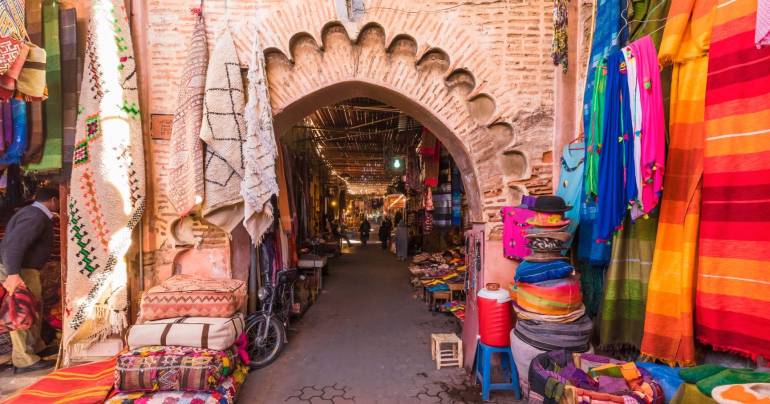A Journey into the Heart of Morrocan Culture
Morrocan Culture: A Guide for Tourists to Experience Authentic Morocco
Morocco is a land of contrasts, where ancient traditions coexist with modern influences. From the maze-like streets of Fez to the bustling souks of Marrakech, every corner reveals a rich cultural heritage shaped by Berber, Arab, and Andalusian influences. The country’s diverse landscapes—ranging from the golden dunes of the Sahara to the blue-washed alleys of Chefchaouen—mirror the depth of its traditions and history.
For travelers, Morrocan culture is more than just an attraction; it is an immersive experience that engages all the senses. The scent of saffron and cumin fills the air in traditional markets, while the sound of the call to prayer echoes through historic medinas. The hospitality of the Moroccan people, deeply rooted in the concept of “Baraka” (blessing), ensures that every guest is treated with warmth and generosity.
Experiencing Morocco goes beyond sightseeing. It is about connecting with locals, savoring traditional cuisine, exploring centuries-old customs, and understanding the spiritual and artistic expressions that define this fascinating country. This guide will help you embrace Morrocan culture in an authentic way, from navigating vibrant souks to indulging in time-honored culinary delights and celebrating local traditions.
We’re available anytime! Contact us on WhatsApp for instant assistance.
1. Explore the Souks and Markets Like a Local
The souks are an essential part of Morrocan culture, serving as both commercial hubs and social gathering places. These vibrant markets date back centuries, offering a glimpse into Morocco’s artisanal heritage and daily life.
Where to Go:
- Marrakech – Souk Semmarine: A labyrinth of stalls selling everything from handwoven rugs to delicate lanterns.
- Fez – Talaa Kebira: One of the world’s oldest and most authentic souks, known for its leather tanneries and intricate brasswork.
- Essaouira – Medina Markets: A relaxed, coastal alternative with stunning woodwork and jewelry.
Tips for a Great Experience:
- Master the art of bargaining. Start at half the asking price and negotiate politely. A friendly approach can lead to better deals.
- Look for authentic craftsmanship. Handwoven rugs, pottery, and silver jewelry are among the best souvenirs.
- Visit in the morning. Vendors are more willing to offer discounts early in the day, as making the first sale is considered good luck.
2. Discover the Flavors of Moroccan Cuisine
Moroccan cuisine is an explosion of flavors, influenced by Berber, Arab, and Mediterranean traditions. Every dish tells a story, whether it’s a fragrant tagine slow-cooked with saffron or a delicate pastilla filled with spiced meat and almonds.
Signature Dishes to Try:
- Tagine: A slow-cooked stew of meat, vegetables, and aromatic spices, served in a traditional clay pot.
- Couscous: Often considered Morocco’s national dish, it is typically prepared on Fridays and served with tender meat and vegetables.
- Zaalouk: A smoky eggplant and tomato salad, perfect as a side dish.
- Chebakia: A sesame-coated, honey-soaked pastry, especially popular during Ramadan.
Dining Etiquette:
- Moroccan meals are traditionally eaten with the right hand, using bread as a utensil.
- It is customary to accept multiple servings as a sign of appreciation.
- Mint tea, known as “atai”, is an essential part of hospitality and is often served before and after meals.
For a true culinary experience, consider dining in a traditional riad, where homemade meals offer an authentic taste of Morrocan culture.
3. Experience Morocco’s Traditional Music and Dance
Music is an integral part of Morrocan culture, with influences ranging from Berber folk songs to Andalusian orchestras. Each region has its own distinct sound, making music one of the most diverse aspects of Moroccan heritage.
Music Genres to Explore:
- Gnawa: A hypnotic blend of African, Berber, and Islamic spiritual sounds, performed with rhythmic drumming and metal castanets.
- Andalusian Music: A classical genre with roots in Moorish Spain, often performed in royal and religious ceremonies.
- Chaabi: Popular Moroccan folk music, commonly played at weddings and celebrations.
Where to Experience It:
- Fes Festival of World Sacred Music: A world-renowned event showcasing spiritual music from various cultures.
- Gnawa Festival in Essaouira: Celebrating Morocco’s rich African heritage with mesmerizing performances.
- Traditional Riads and Cafés: Many riads in Fez and Marrakech host live oud performances in the evenings.
For a deeper cultural connection, take part in a Berber drum circle or learn the ahwach dance, a collective performance from the High Atlas region.
4. Stay in a Riad for an Authentic Moroccan Experience
A riad is a traditional Moroccan house built around a central courtyard, often adorned with intricate tilework and fountains. Staying in a riad offers a more intimate and culturally immersive experience compared to standard hotels.
Why Stay in a Riad?
- Traditional Architecture: Enjoy stunning zellige tiles, carved cedarwood, and open-air courtyards.
- Personalized Hospitality: Many riads are family-run, offering homemade breakfasts and insider travel tips.
- Tranquility in the Medina: Despite being in the heart of the city, riads provide a peaceful retreat from the bustling streets.
Some of the best riads to consider include Riad Yasmine in Marrakech, Riad Fès in Fez, and Dar Hannan in Chefchaouen.
5. Celebrate Moroccan Festivals and Traditions
Morocco’s calendar is filled with vibrant festivals that reflect its diverse cultural and spiritual heritage. Attending a festival is one of the best ways to experience the country’s traditions firsthand.
Key Festivals to Attend:
- Moussem of Tan-Tan: A UNESCO-recognized nomadic cultural gathering in the Sahara.
- Eid al-Fitr & Eid al-Adha: Celebrations filled with communal feasts and family gatherings.
- Rose Festival in Kelaat M’Gouna: A stunning event celebrating Morocco’s famous rose harvest with parades and traditional music.
During religious holidays, many businesses adjust their hours, so travelers should plan accordingly.
Planning Tips for an Authentic Moroccan Cultural Experience
- Best Time to Visit: Spring (March-May) and Fall (September-November) for pleasant weather and cultural festivals.
- Dress Modestly: Especially in rural areas and religious sites. Loose, breathable clothing is recommended.
- Learn Basic Arabic or French Phrases: While many Moroccans speak English, knowing a few local phrases enhances interactions.
- Use Cash in Local Markets: Many souks and small eateries do not accept credit cards.
A Cultural Journey Like No Other
Morroccan culture is an immersive experience that goes beyond sightseeing. It is about sharing moments over mint tea, feeling the rhythm of ancient melodies, and walking through streets where history comes to life. Whether it is the warmth of Moroccan hospitality, the artistry of its craftsmen, or the flavors of its cuisine, each experience leaves a lasting impression.
For travelers seeking an authentic and enriching journey, Morocco offers a deep cultural tapestry waiting to be explored. Take the time to engage with its people, appreciate its traditions, and let the magic of Morocco unfold around you.
Need some help? Send us a message on WhatsApp, and we’ll be right with you!



